Top 5 AI Trends Businesses Should Watch in 2025
Introduction
Artificial Intelligence (AI) continues to evolve at lightning speed, transforming how businesses innovate, operate, and interact with customers. In 2025, the AI landscape is more dynamic than ever—driven by advancements in generative AI, conversational systems, cybersecurity automation, predictive analytics, and ethical frameworks. Organizations that adopt these trends early gain a significant competitive advantage, enabling them to streamline operations, strengthen security, and deliver superior customer experiences.
Below, we explore the top five AI trends businesses must watch in 2025 and how they are reshaping industries worldwide.
1. Generative AI for Content Creation
Generative AI is no longer just a buzzword—it has become a practical tool for businesses of all sizes. From creating marketing copy and ad creatives to generating personalized product images and training videos, these models are dramatically reducing the time and cost of content production.
- Real-world example: Retailers now use generative AI to produce thousands of product descriptions tailored to SEO requirements, boosting online visibility.
- Business impact: Faster campaign rollouts, improved personalization, and reduced dependency on manual creative processes.
- Key takeaway: Businesses that integrate generative AI tools into their workflows can scale content creation without compromising quality.
2. Conversational AI Enhancements
AI-powered chatbots and voice assistants have matured significantly. In 2025, conversational AI can understand context, tone, and intent better than ever before, making interactions more natural and engaging.
- Real-world example: Banks and fintech firms are deploying advanced chatbots to handle loan applications, resolve disputes, and provide financial advice—all in real time.
- Business impact: Reduced customer support costs, 24/7 availability, and enhanced user satisfaction.
- Key takeaway: Investing in conversational AI helps companies deliver personalized, human-like support while freeing up staff for complex queries.
3. AI-Driven Cybersecurity
As cyber threats grow more sophisticated, AI-driven cybersecurity has become a necessity. In 2025, AI systems don’t just detect anomalies—they predict potential breaches and take proactive action to neutralize risks.
- Real-world example: Enterprises use AI to monitor billions of data points across networks, identifying unusual patterns that could signal ransomware or phishing attempts.
- Business impact: Stronger data protection, regulatory compliance, and reduced downtime from security incidents.
- Key takeaway: Businesses adopting AI-powered cybersecurity tools can stay one step ahead of evolving digital threats.
4. Predictive Analytics and Automation
AI is enabling businesses to forecast outcomes and automate decision-making at scale. From demand forecasting to supply chain optimization, predictive analytics is helping companies reduce waste and improve efficiency.
- Real-world example: Manufacturing firms are using AI to predict equipment failures, enabling proactive maintenance and reducing costly downtime.
- Business impact: Better resource allocation, higher productivity, and improved profit margins.
- Key takeaway: Predictive analytics empowers organizations to move from reactive to proactive strategies in every department.
5. Ethical AI and Transparency
With AI becoming integral to critical decision-making, concerns about bias, fairness, and transparency are growing. In 2025, businesses face mounting pressure from customers and regulators to adopt ethical AI practices.
- Real-world example: Healthcare companies are required to disclose how AI models assess patient risks, ensuring fairness and accountability.
- Business impact: Increased trust, stronger brand reputation, and compliance with evolving global AI regulations.
- Key takeaway: Building responsible AI systems isn’t just about compliance—it’s about earning long-term trust from customers and stakeholders.
Conclusion
The year 2025 is a defining moment for AI adoption. From generative AI that transforms creativity to AI-driven cybersecurity that safeguards digital assets, these five trends are reshaping industries across the globe. Organizations that strategically adopt these technologies can unlock new opportunities, drive innovation, and strengthen customer relationships—all while staying competitive in a rapidly evolving market.
Action Step: Businesses should start evaluating their current processes and identify where AI can deliver the most impact, ensuring they stay ahead of the curve.
FAQs
Q1: What is generative AI?
Generative AI refers to models that can create new content—such as text, images, code, or video—based on existing data patterns.
Q2: How is AI improving cybersecurity?
AI strengthens cybersecurity by detecting threats in real time, analyzing vast amounts of data, and automatically responding to incidents before they escalate.
Q3: Why is ethical AI important?
Ethical AI ensures fairness, transparency, and accountability in automated decisions, building trust with customers and meeting regulatory requirements.
Q4: Which industries benefit most from predictive analytics?
Retail, manufacturing, finance, and healthcare are among the top industries leveraging predictive analytics to improve forecasting, efficiency, and outcomes.
Q5: How can small businesses adopt AI cost-effectively?
SMBs can start with cloud-based AI tools, which offer affordable, scalable solutions for tasks like customer support, marketing, and data analysis.
Call us for a professional consultation

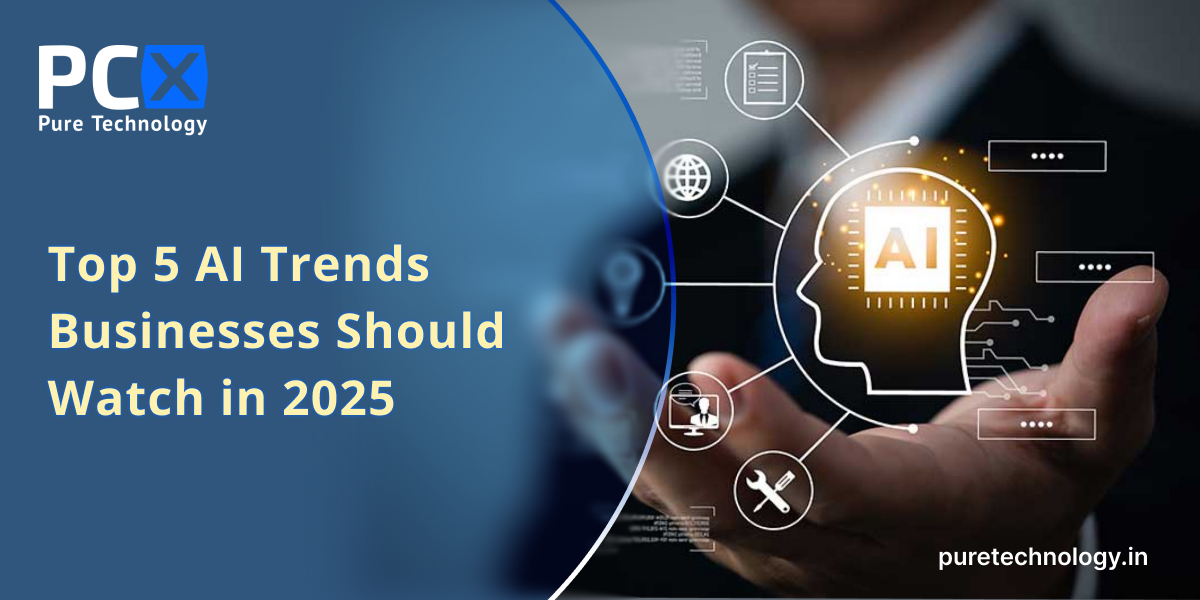


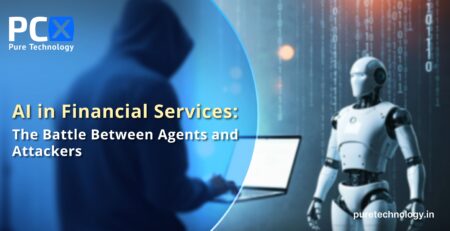
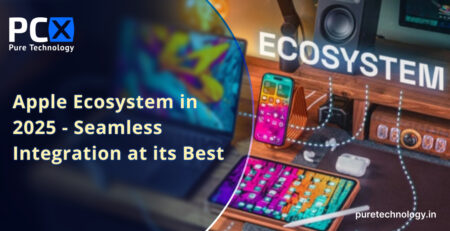
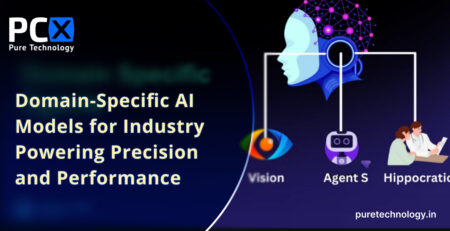




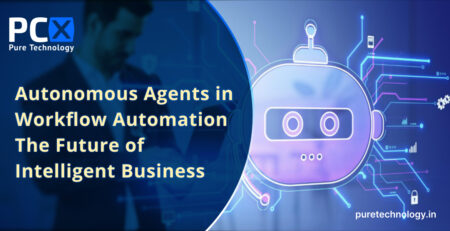
Leave a Reply